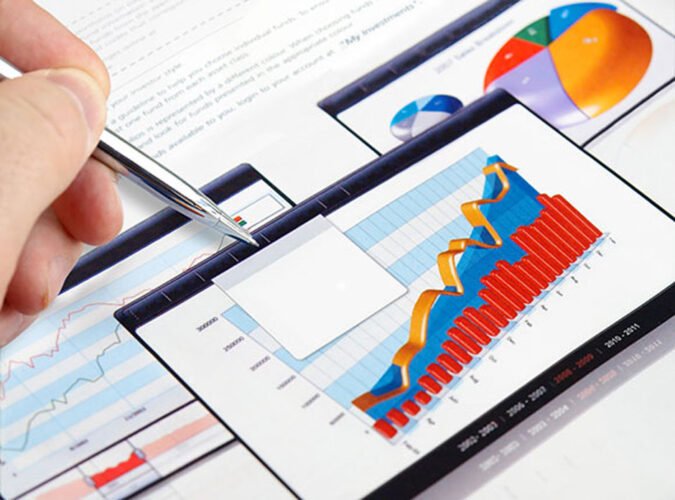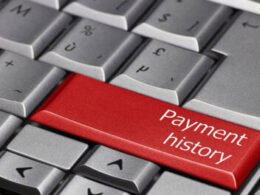Lease accounting has become increasingly complex for businesses due to evolving accounting standards like IFRS 16 and ASC 842. Managing leases manually can lead to errors and compliance risks. Asset Accountant software helps businesses automate lease accounting, making the process more efficient and accurate.
Understanding Asset Accountant Software
Asset Accountant software is a specialized tool designed to help businesses track and manage their lease agreements effectively. It automates critical lease accounting tasks such as lease classification, payment schedules, and liability recognition, ensuring compliance with the latest accounting standards.
By integrating lease accounting functionality with fixed asset management, the software supports a comprehensive approach to tracking leased assets throughout their lifecycle. This helps financial teams maintain accurate records and generate reliable reports.
The Challenges of Lease Accounting
Lease accounting rules changed significantly with the introduction of IFRS 16, requiring lessees to recognize most leases on their balance sheets as right-of-use assets and lease liabilities. This shift affects companies’ financial statements and requires detailed tracking of lease terms, payments, and amendments.
Handling these requirements manually can be time-consuming and prone to mistakes. Lease agreements often vary in complexity, including finance leases and operating leases, each requiring different accounting treatments. Failure to properly account for leases can result in regulatory penalties or audit issues.
How Asset Accountant Software Helps
Asset Accountant software automates the entire lease accounting process. It categorizes leases according to their type and calculates the right-of-use assets and lease liabilities. Payment schedules are generated automatically, along with amortisation of lease liabilities over the lease term.
By automating these calculations, businesses reduce the risk of errors and save valuable time for their accounting teams. Reports generated by the software provide transparency, aiding internal audits and external financial reporting.
Finance Leases vs. Operating Leases
The software distinguishes between finance leases and operating leases, which is crucial for accurate accounting.
- Finance leases transfer substantially all ownership risks and rewards to the lessee. These leases are capitalized, and both the asset and liability appear on the balance sheet.
- Operating leases do not transfer ownership risks and are treated differently, typically as expenses in the income statement.
Asset Accountant software applies the correct accounting treatment automatically, reducing manual work and improving compliance.
Benefits of Automating Lease Accounting
Using Asset Accountant software for lease accounting offers several key benefits:
- Accuracy: Automation minimizes errors associated with manual data entry and complex calculations.
- Compliance: Keeps lease accounting aligned with IFRS 16, ASC 842, and other standards.
- Efficiency: Streamlines lease management, freeing accounting teams to focus on higher-value tasks.
- Transparency: Provides clear reports for management, auditors, and regulators.
How Asset Accountant Stands Out
Compared to other tools like Asset Panda or FinQuery, Asset Accountant combines lease accounting with asset management in one platform. This integrated approach simplifies workflows and reduces the need to switch between multiple systems.
Asset Panda primarily focuses on asset tracking, while FinQuery offers financial consultancy tools. Asset Accountant’s strength lies in automating lease accounting complexities alongside fixed asset management, offering a robust solution for finance teams.










